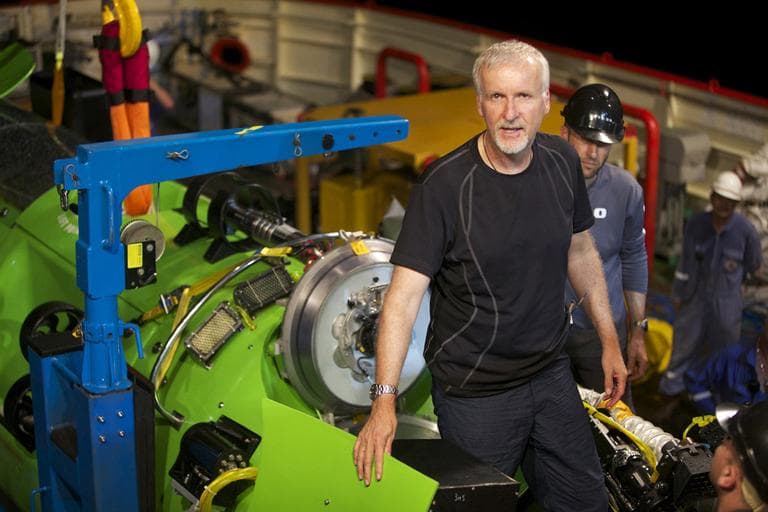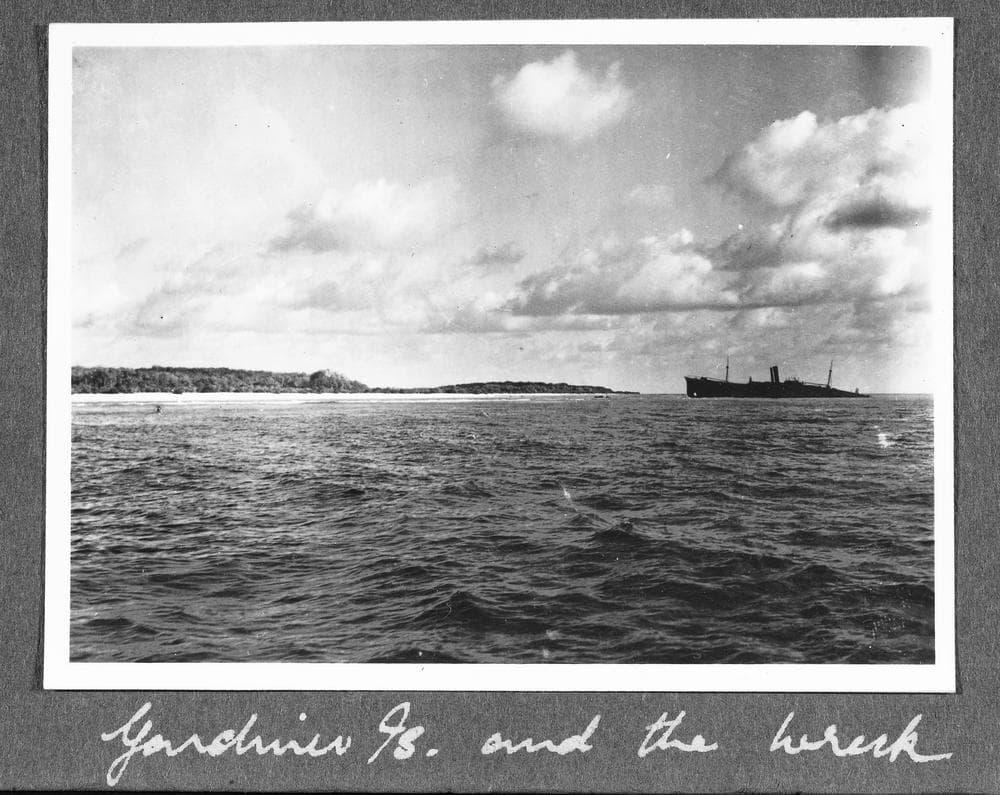Advertisement
James Cameron's Deep Dive
ResumeJames Cameron is in the Pacific for his dive to the deep ocean floor. What’s down there – way deep? We’ll explore.

Right now out on the Pacific, on a ship over the deepest ocean trench on the planet, director/explorer James Cameron is ready to dive. Straight down, 36,000 feet – 6.8 miles – into the Mariana Trench, the “Challenger Deep.” It is deeper than Mount Everest is high. Beyond sunlight, beyond reach for the last half century, and beyond imagination for most of us. The creatures. The conditions.
This hour, On Point: Top deep sea oceanographer Sylvia Earle and biologist Craig McClain take us where James Cameron is set to dive.
Plus, we’ll talk with the leader of the new hunt for Amelia Earhart.
-Tom Ashbrook
Guests
Sylvia Earle is explorer-in-residence at National Geographic and co-author of “Ocean: An Illustrated Atlas.” A pioneering and record-setting deep diver, she has logged over 6,000 hours underwater and led more than 50 expeditions, including the first team of women aquanauts during the 1970 Tektite Project.
Craig McClain, assistant director of Science at the National Evolutionary Synthesis Center, jointly operated by Duke, the University of North Carolina at Chapel Hill, and North Carolina State University. He also runs the Deep Sea News blog.
C-Segment: Amelia Earhart
Ric Gillespie, executive director of The International Group for Historic Aircraft Recovery, he is leading an expedition to the South Pacific to search for wreckage of Earhart's plane. You can read more on the story here.
Here's the photo that triggered the new search:

From Tom's Reading List
National Geographic: You can follow Cameron's progress at the web site here.
Wired "What will this new breed of billionaire adventurers find? What sorts of alien critters might we expect to see in Cameron’s upcoming documentary?"
New York Times "For centuries, the daredevils known as submariners have slipped beneath the waves in vehicles made for horizontal travel. Their craft are basically underwater ships. Even submersibles, small vessels that dive unusually deep, follow the horizontal plan."
National Geographic "Squeezed into a submersible as futuristic as anything in his movies, James Cameron intends to descend solo to the ocean's deepest point within weeks, the Canadian filmmaker and explorer announced Thursday. "
Video: Mariana Trench Dive
Video: The First Deep Dive
Video: Cameron's Dive
This program aired on March 22, 2012.


